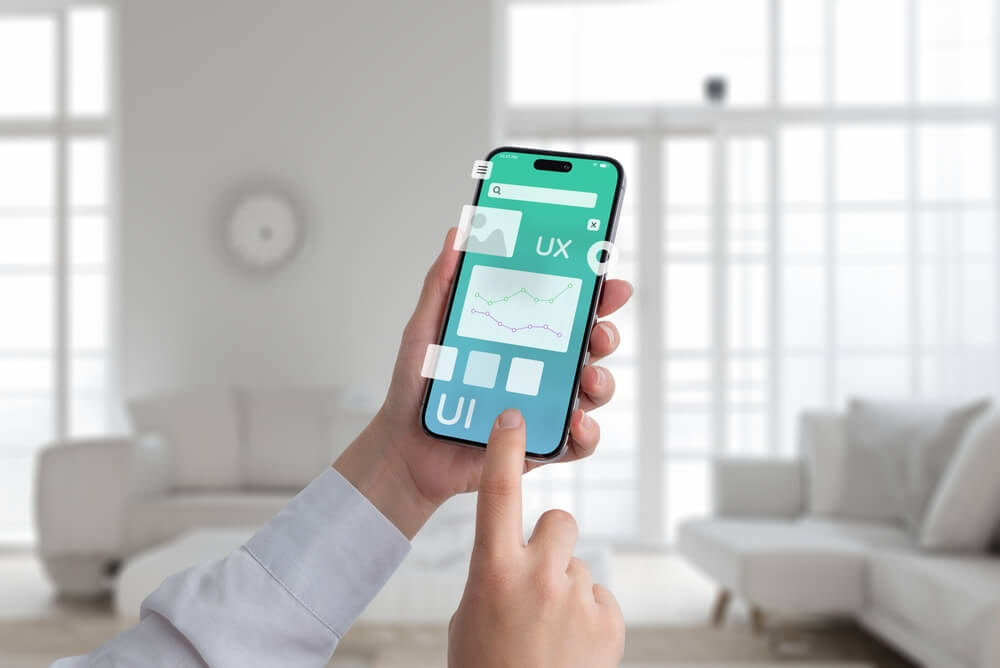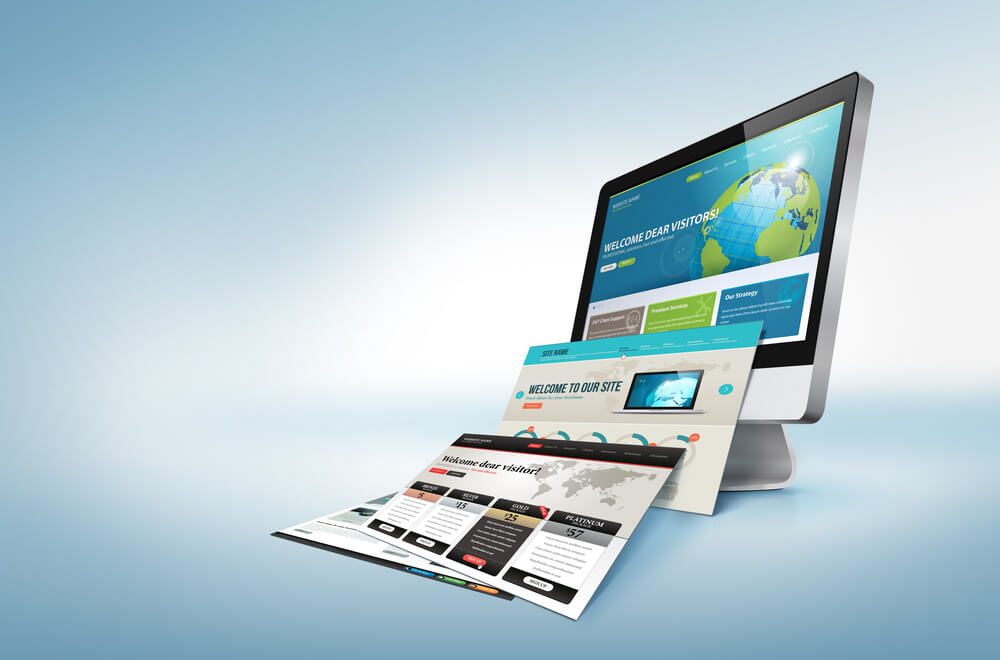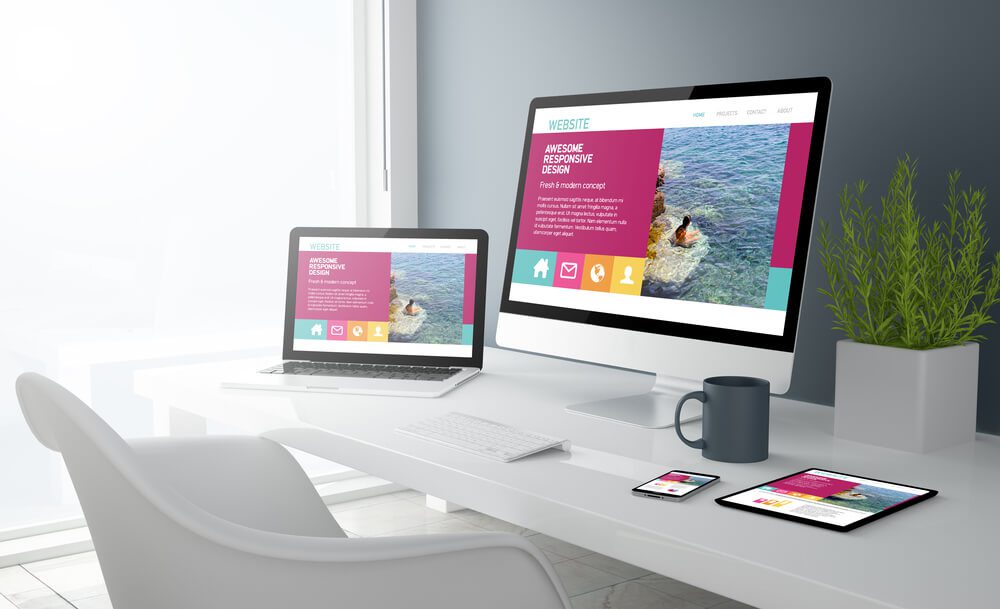
UI vs UX: What Are the Differences and Why They Matter
Now that practically everything has gone digital, a reliable UX agency designs websites and apps based on two critical factors: user interface (UI) and user experience (UX).
This article delves deeper into these two concepts by discussing the following:
- Defining the differences and relationship between the two principles.
- Outlining their psychological impacts on users.
- Sharing best practices in UX and UI.
How do you harness both to create a stunning, usable platform or website? Read the article below. Let’s go!
To learn how Digital Authority Partners can create a standout website for you, watch this video!
What Are UX and UI?
Also considered the yin and yang of digital design, UX and UI are two different (often wrongly interchanged) principles that help define the success of a mobile app or a website. In particular they do the following:
- UI describes the interaction between users and systems (and their components). How do they toggle the buttons? Are the visuals attractive and engaging? Do the colors evoke emotions, or is the typography easy to read?
- UX takes a more holistic approach by considering the user’s overall experience, from interacting with the product to completing their goals. Did the website or platform meet their needs? Are they useful? Why did the user leave the page before completing their purchase? Does the site or app have parts that are frustrating and confusing?
Although both are distinct disciplines, they are intrinsically interconnected and dependent upon each other for a product’s success. Consider Airbnb.
The UI of the platform is visually appealing, showcasing high-quality images and easy-to-understand icons. Clear call to action buttons simplify booking accommodations and contacting hosts.
The responsive design provides a consistent experience across desktops, tablets, and smartphones. Users are also able to explore properties using the interactive map feature based on their preferred location.
For its UX, Airbnb prioritizes a simple and intuitive search function and personalized recommendations based on user preferences and past bookings. Transparency reviews and verified user profiles show its emphasis on trust and safety.
The Psychological Impact of UI and UX Design on User Perception

How do UX and UI sell a product, whether an application or a website? When combined, they heighten positive brand impressions in at least three ways:
- Color theory
- Typography
- Visual hierarchy
Let us begin with color theory. This psychological principle plays a fascinating role in shaping how users feel and behave. In a 2023 study, color is one factor influencing how people buy products. In this case, particularly, snacks.
Many brands also cleverly use it to evoke specific responses from their audience. For instance, fast-food chains, including McDonald’s and KFC, use warm colors such as red and orange to create a sense of excitement and urgency, encouraging customers to make quick decisions.
Social media platform giant, Facebook, uses calming and trustworthy colors such as blue and green to encourage users to feel comfortable sharing their thoughts and connecting with others.
Typography is another noted aspect of UI design that can greatly influence how easy it is to read and understand content.
- Serif fonts, with their small decorative strokes, often convey a sense of elegance and formality. You might have noticed them in the New York Times.
- Sans-serif fonts denote simplicity, accessibility, and minimalism. This makes them a preferred choice for companies such as Apple and Google to create simplicity and accessibility.
- Comic Sans is ideal for child-friendly apps and sites. Some studies also suggest it helps people with dyslexia.
Lastly, visual hierarchy is the hero when it comes to guiding users through information and highlighting important facts, data, and other material. Thoughtfully organizing content allows a UX agency to lead users to key messages and calls to action.
The Check into Cash study by Digital Authority Partners (DAP) is a good example. Properly using smart visuals, including allowing users to find brand locations fast, sped up the online loan process to take only five minutes. It is not surprising that the app received a 4-star rating in Apple’s App Store.
Web Design Best Practices for UI and UX

Good UX and UI boost customer loyalty, attract leads, meet search engine guidelines, and generate revenues. The question is, how do you effectively combine them?
Consider these best practices:
- Encourage UX and UI designers to work closely together, especially during the early stages.
- Conduct thorough user research to understand the target audience’s needs, preferences, and challenges so that the application or website truly addresses real-world requirements.
- Create journey maps to visualize the entire user experience, from initial interaction to task completion, to identify barriers and opportunities for improvement.
- Visualize the UX and UI design and test its effectiveness with wireframing and prototyping.
- Maintain consistent branding elements throughout the design. Use a brand kit for a unified and recognizable identity across different touchpoints.
- Design intuitive navigation systems that guide users through the product seamlessly. Use clear labels, logical placement, and familiar patterns.
- Prioritize essential elements and direct users’ attention to critical information, calls to action, and important content.
- Consider the emotional impact of the design choices such as color palettes, imagery, and typography, to evoke positive emotions and create a memorable UX.
- Design with accessibility in mind so that UI is usable by individuals with disabilities. Incorporate features such as alt text, proper color contrast, and keyboard navigation to enhance inclusivity.
- Regularly conduct user and A/B testing before, during, and after the product launch to gather feedback and insights. Use the data to refine the design.
Summing Up
In web design, app development, and marketing, understanding the differences between UI and UX is crucial to crafting unforgettable digital experiences and creating user-centric products and campaigns.
Although many platforms simplify web design, they often lack precision and a deep understanding of branding and market needs. Maximize the benefits of good UX and UI by working with a credible agency.
DAP has a proven track record of delivering harmonious UI and UX in many industries, from healthcare to fintech and ecommerce. We work closely with businesses to develop digital brands that captivate their target audience by providing intuitive and seamless experiences.
Our collaborative design process underpins every decision, resulting in designs that support corporate growth. Contact us today to schedule a free consultation.
Want To Meet Our Expert Team?
Book a meeting directly here




